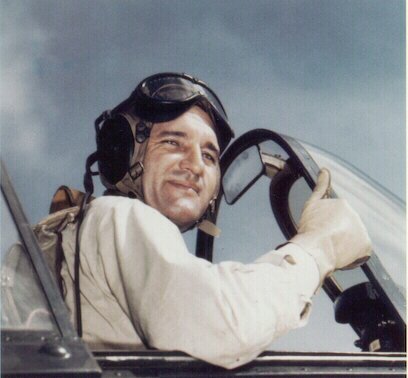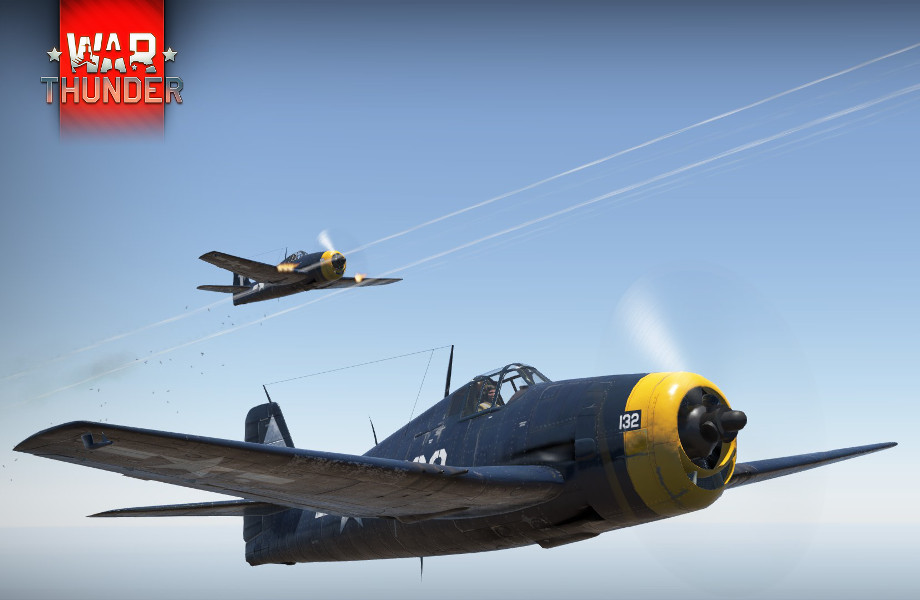
- For PC
- For MAC
- For Linux
- OS: Windows 10 (64 bit)
- Processor: Dual-Core 2.2 GHz
- Memory: 4GB
- Video Card: DirectX 11 level video card: AMD Radeon 77XX / NVIDIA GeForce GTX 660. The minimum supported resolution for the game is 720p.
- Network: Broadband Internet connection
- Hard Drive: 23.1 GB (Minimal client)
- OS: Windows 10/11 (64 bit)
- Processor: Intel Core i5 or Ryzen 5 3600 and better
- Memory: 16 GB and more
- Video Card: DirectX 11 level video card or higher and drivers: Nvidia GeForce 1060 and higher, Radeon RX 570 and higher
- Network: Broadband Internet connection
- Hard Drive: 75.9 GB (Full client)
- OS: Mac OS Big Sur 11.0 or newer
- Processor: Core i5, minimum 2.2GHz (Intel Xeon is not supported)
- Memory: 6 GB
- Video Card: Intel Iris Pro 5200 (Mac), or analog from AMD/Nvidia for Mac. Minimum supported resolution for the game is 720p with Metal support.
- Network: Broadband Internet connection
- Hard Drive: 22.1 GB (Minimal client)
- OS: Mac OS Big Sur 11.0 or newer
- Processor: Core i7 (Intel Xeon is not supported)
- Memory: 8 GB
- Video Card: Radeon Vega II or higher with Metal support.
- Network: Broadband Internet connection
- Hard Drive: 62.2 GB (Full client)
- OS: Most modern 64bit Linux distributions
- Processor: Dual-Core 2.4 GHz
- Memory: 4 GB
- Video Card: NVIDIA 660 with latest proprietary drivers (not older than 6 months) / similar AMD with latest proprietary drivers (not older than 6 months; the minimum supported resolution for the game is 720p) with Vulkan support.
- Network: Broadband Internet connection
- Hard Drive: 22.1 GB (Minimal client)
- OS: Ubuntu 20.04 64bit
- Processor: Intel Core i7
- Memory: 16 GB
- Video Card: NVIDIA 1060 with latest proprietary drivers (not older than 6 months) / similar AMD (Radeon RX 570) with latest proprietary drivers (not older than 6 months) with Vulkan support.
- Network: Broadband Internet connection
- Hard Drive: 62.2 GB (Full client)
F6F-3 in VF-84 livery, similar to the one used by McCampbell. Created by Gudkarma and avilable in game thanks to revenue share program!
 |
Debate will forever rage amongst historians and enthusiasts alike as to who was the greatest fighter pilot of all time. To this day, debate rages over whether kill tallies or leadership are more important, and what theatres and what enemy aircraft types posed more difficulty. However, if the US Navy were to volunteer a single man to be considered as one of the greatest fighter pilots of all time, that man would have to be David McCampbell.
Born in the city of Bessemer in the state of Alabama in January 1910, McCampbell moved with his family to West Palm Beach, Florida where he was raised. He was educated at the Staunton Military Academy in Virginia from the age of 13 until 18 before spending one year at the Georgia School of Technology. However, his time in Atlanta was cut short when he was appointed to the United States Naval Academy, Annapolis, in 1929.
McCampbell’s naval career started with noteworthy successes, winning several diving competitions and graduating in 1933 with a Marine Engineering degree. However, any further progression was put on hold on the day of his graduation when McCampbell was honourably discharged from the US Navy due to government cut backs. Commissioned into the US Navy Reserves as an Ensign, McCampbell found work in construction and then on an assembly line for the Douglas Aircraft Corporation.
In June 1934 McCampbell was transferred back into the regular USN and joined the ship’s company of the 10,000 tonne cruiser USS Portland. It was during his time with Portland that McCampbell’s real passion for aviation first took root – although his mother would later recall he always had an interest in aviation - when he worked with Scouting Squadron 11 as an Aircraft Gunnery Observer, who had four aircraft embarked onboard the cruiser. In 1937 McCampbell was promoted to Lieutenant Junior Grade and was successful in his application to transfer to naval aviation. Training at Pensacola Naval Air Station, Florida, McCampbell was awarded his pilot’s wings in 1938 and was assigned to Fighting Squadron 4 onboard the carrier USS Ranger, flying Grumman F2F and later F3F biplane fighters.
McCampbell served with the VF-4 ‘Red Rippers’ for two years before being removed from flying duties to become a Landing Signal Officer onboard the carrier USS Wasp in May 1940. It was whilst engaged in this vital and often dangerous task that McCampbell was promoted to Lieutenant in May 1941. The remainder of the year saw McCampbell busily employed on deck with exercises such as carrier qualification training for new aircrew, and Atlantic patrols for enforcing American neutrality.
When the United States were catapulted into the Second World War in December 1941, USS Wasp was due a refit which would place her alongside until January 1942. She joined the British Home Fleet and participated in convoy escort duties to Russia and to Malta, participating in Operation Calendar and Operation Bowery. In July 1942 McCampbell sailed for the Pacific theatre with the Wasp and was heavily involved in air operations at Guadalcanal. McCampbell was one of the survivors when Wasp was hit by three torpedoes from a Japanese submarine on September 15th, sinking with the loss of 193 lives.
Still McCampbell would not be returned to flying duties. He was promoted to Lieutenant Commander after his return to the United States, but would serve as a Landing Signal Officer instructor in Florida until August 1943. McCampell was selected as the Commanding Officer of the newly formed VF-15 fighter squadron – a steep learning curve for a man who had not been in current flying practice for over three years and had only a single two year long front line tour (in peacetime at that) entered in his flying log.
Despite the challenges which faced him, McCampbell excelled as the new squadron’s CO. The squadron spent several months working up on the new F6F Hellcat – again, a real challenge for McCampbell whose only real experience of naval fighters was on biplanes which were a generation apart from the new, high power Grumman cat. McCampell was promoted to Commander and took charge of Air Group 15 in February 1944, embarking with his three squadrons on the carrier USS Essex in May of the same year.
McCampbell was in a relatively rare position. As a 34 year old Commander, he was leading dozens of aircrew into battle who were barely out of their teens and looking to him for guidance, yet the vast majority of his experience was in the surface fleet and not as an aviator. When he led his first fighter sweep over the Marcus Islands on May 19th, it was his first time in combat as a pilot. Three weeks later, on June 11th, McCampbell shot down a Zero over Saipan – his first aerial victory since qualifying as a fighter pilot in 1938.
A second personal victory was added to his tally two days later in the form of a Ki-49, again over Saipan. Then, on June 19th, McCampbell would become a legend of US Naval aviation. In the Battle of the Philippine Sea, which pitched the aircraft of 15 US carriers against those of 9 Japanese carriers, a huge air battle took place in the skies over the American and Japanese fleets. McCampbell led the fighters of the ‘Fabled Fifteen’ Air Group against a Japanese raid of some 80 aircraft. In a short series of rapid attacks, McCampbell personally accounted for no fewer than five Japanese dive bombers, with a sixth probably destroyed.
Launching again later that day, he shot down a Zero before encountering another pair of Japanese fighters whilst returning to the carrier. The two Zeros were attempting to shoot down an American seaplane which was trying to rescue a downed US airman. McCampbell shot down one of the fighters whilst his wingman dispatched the second. In a single day, McCampbell had shot down seven enemy aircraft with an eighth probable, five of which were dispatched in the space of only a few minutes on a single sortie.
Always leading from the front and fostering his growing reputation as a daring fighter pilot and inspiring leader, McCampbell shot down a steady stream of aircraft, including four on September 12th and three the very next day. If any proof that McCampbell’s high scoring successes were no ‘fluke’ was required, it came on October 24th during the Battle of Leyte Gulf.
With a strike force consisting of dozens of Japanese aircraft inbound towards the Essex, the call came for all available fighters to scramble to intercept. McCampbell and his wingman, Ensign Rushing, were the first off deck out of the only seven Hellcats which climbed up to face the enemy raid. McCampbell gave the order for the remaining five American fighters to tackle the bombers, whilst he led Rushing straight into the forty escorting fighters. Astoundingly, in the ensuing combat, McCampbell shot down nine Japanese fighters whilst Rushing himself accounted for six. Rushing landed with empty guns whilst McCampbel’s aircraft had two rounds remaining. This record of the most aircraft shot down by a single allied pilot in a single sortie remains unbroken to this day.
David McCampbell received the Congressional Medal of Honor for his skill and leadership in the Pacific Theatre. He is credited with 34 confirmed aerial victories in his comparatively brief tenure as a front line combat pilot. McCampbell continued to serve in the US Navy post war, being promoted to captain and commanding the carrier USS Bon Homme Richard before finally being selected as the Assistant Deputy Chief of Staff for Operations to the Commander in Chief of Continental Air Defense Command.
Captain David McCampbell retired from the US Navy in 1964. He passed away in June 1996 at the age of 86 and is buried in Arlington National Cemetery. His decorations included the Medal of Honor, Navy Cross, Silver Star, Legion of Merit and the Distinguished Flying Cross. He is the highest scoring fighter ace in the history of the US Navy and his achievements remain unmatched in the history of aerial warfare.
About The Author
 |
Mark Barber, War Thunder Historical Consultant Mark Barber is a pilot in the British Royal Navy's Fleet Air Arm. His first book was published by Osprey Publishing in 2008; subsequently, he has written several more titles for Osprey and has also published articles for several magazines, including the UK's top selling aviation magazine 'FlyPast'. His main areas of interest are British Naval Aviation in the First and Second World Wars and RAF Fighter Command in the Second World War. He currently works with Gaijin Entertainment as a Historical Consultant, helping to run the Historical Section of the War Thunder forums and heading up the Ace of the Month series. |
Want to read more about the famous aces of World War II? Find other Ace Profiles on our website!










